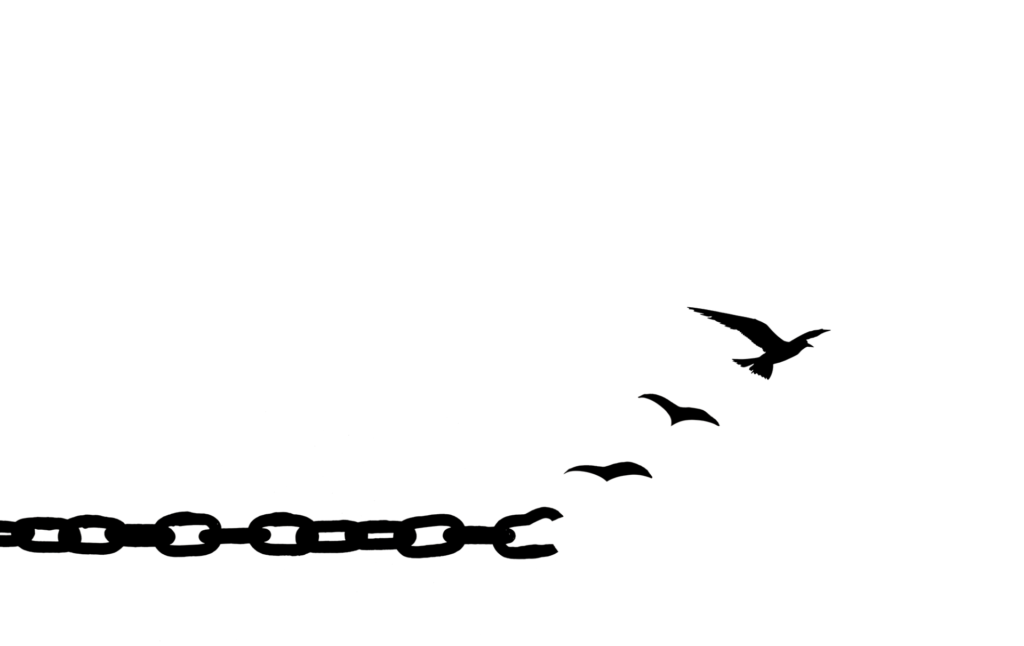Slip Out from the Chains of Overthinking
You may be one of those who find yourself at the center of a psychological maze that keeps going and going and going. You might think that your thoughts will lead you to the center of a simple cognitive chessboard, but then you suddenly realize that you’ve lost your way in the neural complex of pathways in the mind.
Slip Out from the Chains of Overthinking Read More »




